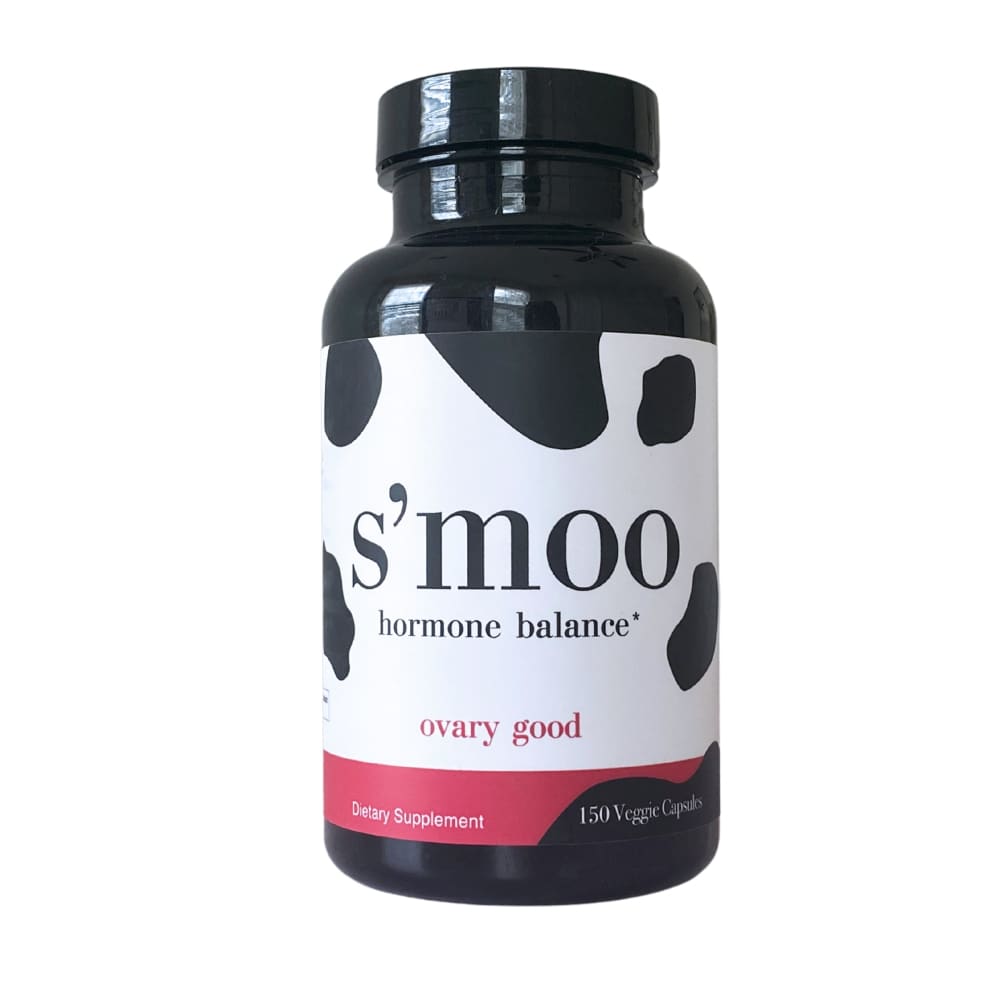7 Ways To Achieving Your Goals Faster Without Taking Stress
Setting goals is a way to visualize your future. What do you want to achieve this month? By next year or in 10 years? Where do you see yourself?
Don’t freak out. You can start small. It can be about cutting out sugar and living a healthier life or it could be owning a home, starting a business. It’s up to you. The options are limitless.
Recently we started the Smoo45 to help S’moo Babes all over help themselves stay motivated and create a goal for the next 45 days. It’s a Free Planner PDF you can download here to keep track of your days and practice positivity (there is even a gratitude journal section).
Why am I bringing this up? Because I want to tell you that there is science behind goal setting. This is why setting goals, in anyway possible, will help you actually achieve success. We created the Smoo45 to help you bring your thoughts and goals or dreams to the surface, in order to help make them a reality.
What is goal setting?
Goal setting involves visualizing the finish line of a particular goal.
Studies find that people who set goals or are “goal-oriented” tend to be more positive and failures are seen as temporary setbacks rather than personal shortcomings.
It’s found that if we train our mind to think about what we want in life (one way of doing this is through writing it down and visualizing the finish line) our brain actually rewires itself in a positive way to help create that self-image.
Goals help us realize our strengths and weaknesses. They help us have a clear indicator of our success and help us feel accomplished. It is a way to self-evaluate, boost confidence and rely on yourself for the things you want.
How do I set a goal?

1. Create a plan:
Start with making a list of short-term goals that can lead to the possible success of your larger goal.
2. Educate yourself:
Educate yourself: For example, working on getting health, is just exercise right? No, everyone’s different. Exploring what food you need, what vitamins, how much to exercise and what the best exercise is for your body type, all matter when you’re trying to accomplish a particular health goal. Knowing if you have PCOS or Insulin Resistance might change your path as well. The more knowledge you have about a subject, the better you can mentally prepare to properly set your goals and achieve them in the time you want.
3. Be accountable:
Goal setting means accountability. For some, it’s easier for them to be accountable to someone or something. The Smoo45 is a great method of accountability because you’re writing down what you actually achieved for the day, the week, and the month!
4. Set up a reward system:
Rewards can be positive feedback from people you care about or they can be more planned. For myself I set up rewards for accomplishment by the day or by the week depending on if I need extra motivation.
This could be being able to watch TV after I’ve done my set goal for the day. I’ve even planned $5 rewards per week if I've check all my boxes and I can spend this "extra" money on whatever I want without feeling guilty…
However, I also take $20 away if I don’t accomplish my weekly checklist of goals. It adds up fast or it can disappear fast but it works for me. It might work for you too.
Where to start?
You’re thinking, great but where do I start? It’s easy to think about the big house I want to buy or the successful business I’d like start, not to mention that triathlon I’ve been thinking about but how do I actually start large goals like this?
First figure out what type of goal you’re going to focus on. Here are the three main types of goals in psychology:
1. Process Goals:
This type of goal is based on forming a habit that will lead to achieving a goal. An example being going to the gym everyday to help prepare yourself your first marathon. It could be writing everyday with the goal of writing your first book.
2. Performance Goals:
This type of goal is often measured in order to help us track our progress and fuel our motivation to continue working hard. An example could be dancing for at least an hour a day, singing a minimum of ten choir songs every day.
3. Outcome Goals:
This type of goal is focused on the bigger picture. Outcome goals are usually completed successfully from using the Process or Performance Goal style to stay on track. Your performance goal of singing 10 songs a day for choir was meant to get you the lead vocal in the New Year performance and it did! Your hour of dancing each night helped you achieve the goal on winning a national dance competition.
Choosing a goal that matters, not just an easy win…
It’s okay to start small, it’s also okay to maybe try something small and something big. Just don’t set a goal that falls too close to your comfort zone. Try to find something that really inspires you. Think about what you want to experience in your life and what is getting in the way. What can you do differently to overcome boundaries you’ve faced in the past? My favorite quote of all time is, “A year from now, you will wish you had started today.” — Karen Lamb
Your goals might seem big, too big in some ways but find a step by step path to achieve them. Start with the Smoo45, write down what you want in life and don’t wait to start accomplishing your goals.
Medical Disclaimer
This content is strictly the opinion of S'moo and is for informational and educational purposes only. It is not intended to provide medical advice or to take the place of medical advice or treatment from a personal physician. All readers/viewers of this content are advised to consult their doctors or qualified health professionals regarding specific health questions. Neither S'moo nor the publisher of this content takes responsibility for possible health consequences of any person or persons reading or following the information in this educational content. All viewers of this content, especially those taking prescription or over-the-counter medications, should consult their physicians before beginning any nutrition, supplement or lifestyle program.










